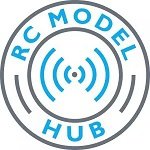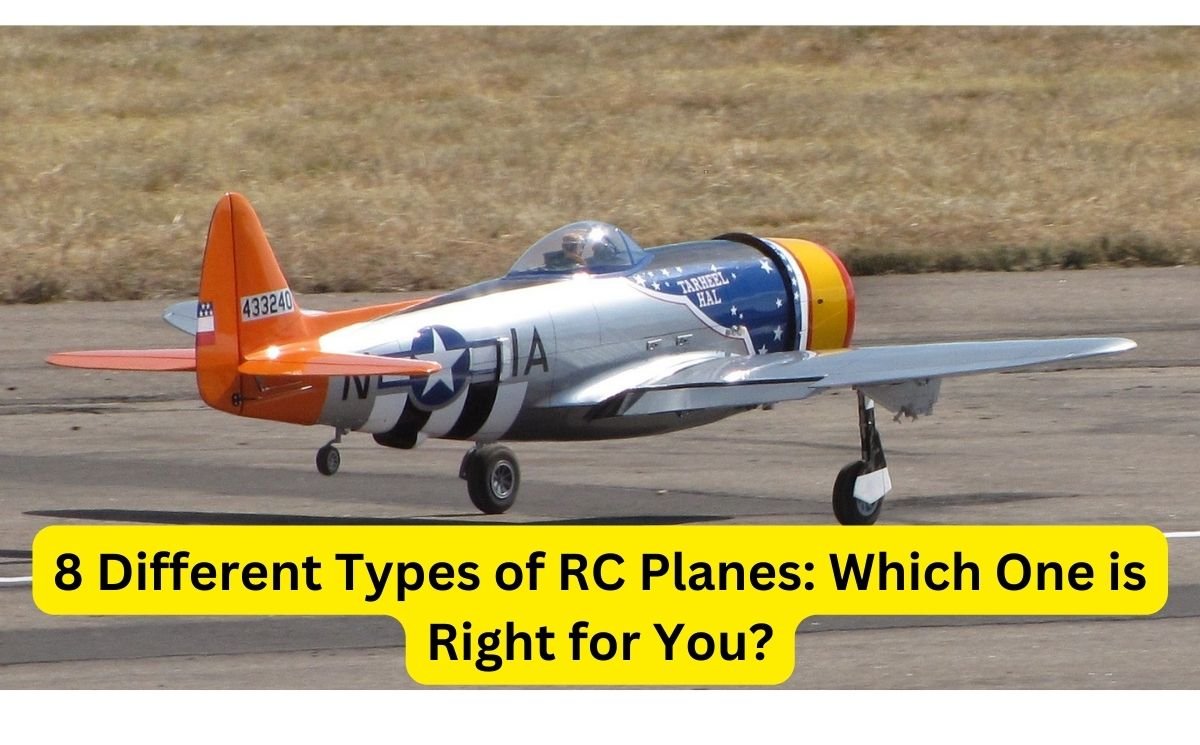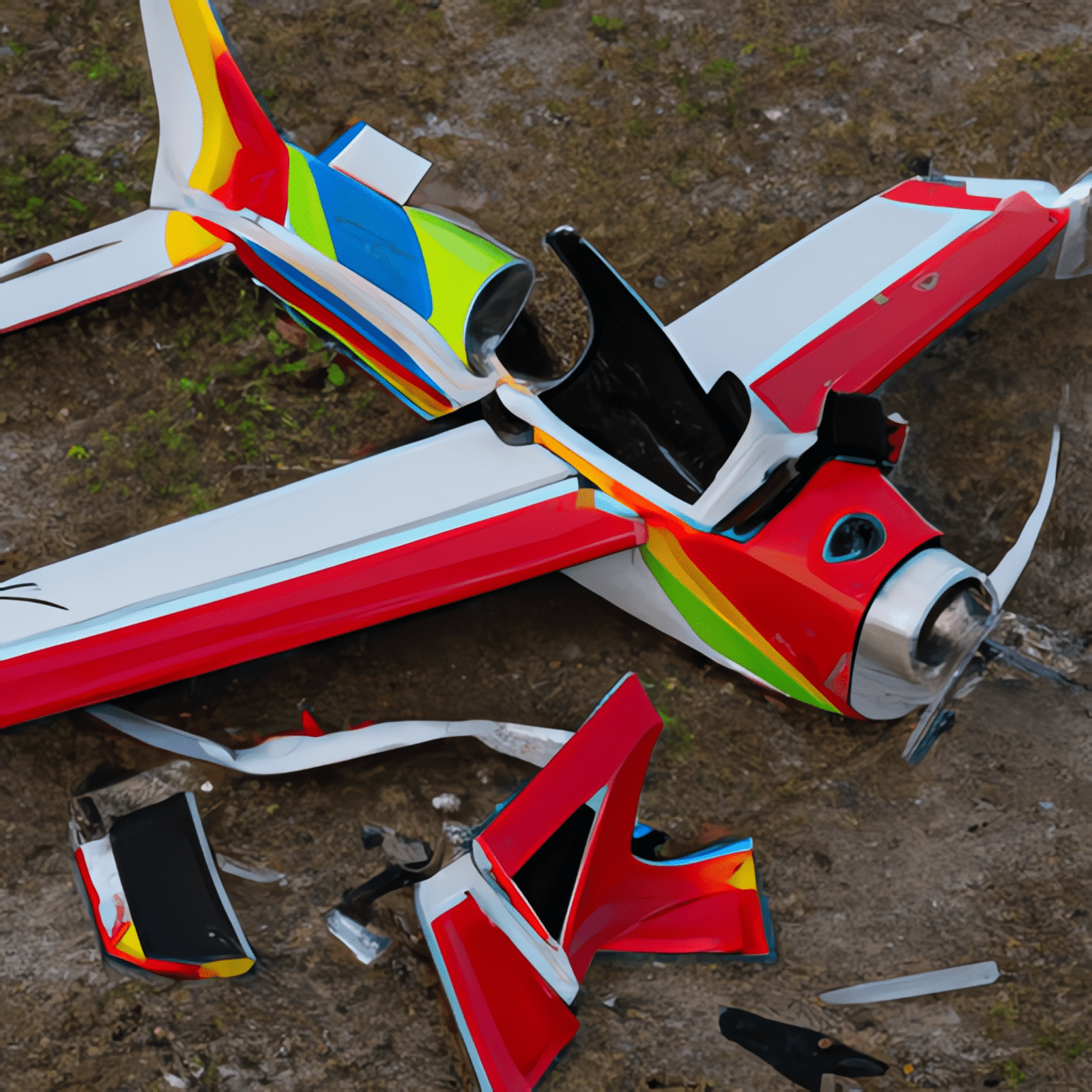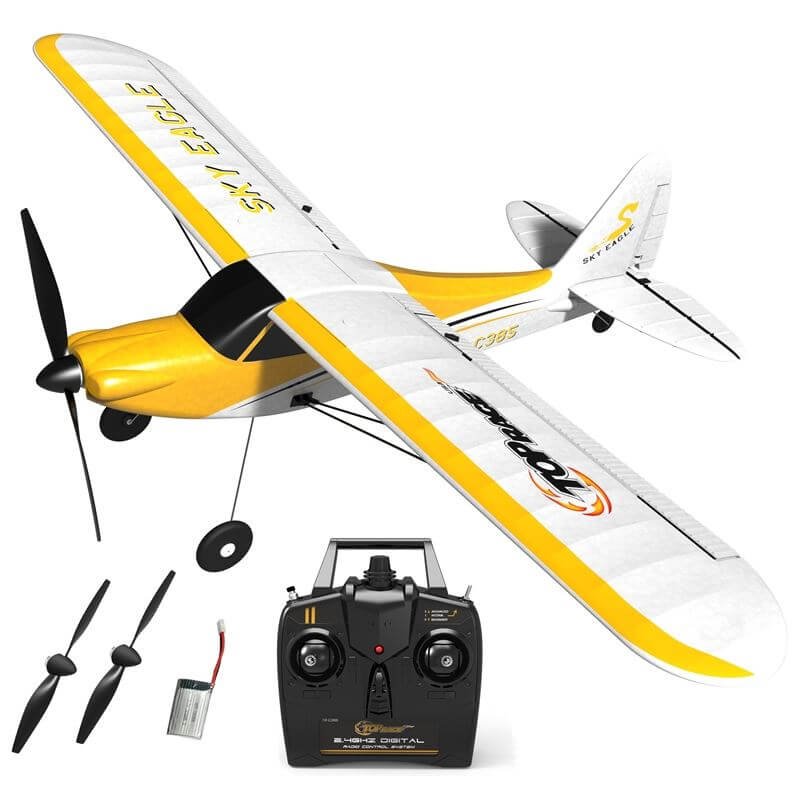Any links on this page that lead to products on Amazon, the Ebay Partner Network (EPN) and other companies may be affiliate links and we earn a commission if you make a qualifying purchase. Thanks in advance for your support!
As an experienced RC plane enthusiast, I’ve spent countless hours tinkering with and flying various types of RC planes. Over the years, I’ve come to appreciate the unique characteristics and capabilities of each category of RC plane. In this article, my friend Mike Tippitz provides an overview of the most common categories of model airplanes and what makes them special. There is a category perfect for all skill levels, whether you are a new pilot or even a more experienced adult pilot.
In summary, these are the most common types of aircraft in the RC world:
- Trainers
- Sport Planes
- Scale Planes
- Aerobatic or 3D Planes
- Gliders
- Warbirds
- Jets
- Float Planes
Trainer planes
Trainer planes are an excellent choice for anyone interested in getting into the hobby of RC planes. This type of RC airplane is typically lightweight, and easy to control, making them ideal for novice pilots who are just learning the basics of flying. Trainer planes usually have a high-wing configuration, which provides extra stability and lift to give stable flights.
One of the most popular trainer planes on the market is the Hobbyzone Sport Cub. This plane has a wingspan of 24.3 inches and is made from durable foam construction. It boasts SAFE technology, which provides automatic stabilization if you lose control.
It requires a 2.4 GHz transmitter, battery, and charger. It has a flight time of up to 8 minutes.
We’ve looked at recommended suitable trainer RC planes for beginners over at this article, here.
Sports planes
Sports planes are designed for pilots who want a more agile and responsive plane than a trainer plane. These planes are typically more maneuverable and faster, making them a great choice for intermediate pilots who want to take their flying skills to the next level.
An RC airplane that meets these criteria is the E-flite Timber RC Plane. This is a great example of a sport plane. With a wingspan of 28.3 inches, this plane is highly maneuverable and features a powerful brushless motor that provides plenty of speed and power. The UMX timber also has flaps and oversized wheels, which make it ideal for short takeoffs and landings.
Scale planes
Scale planes are designed to look like real airplanes, and they’re often modeled after historical aircraft. These planes are popular among DIY enthusiasts who want a realistic flying experience and enjoy replicating the classic designs of full-sized aircraft.
One of the most popular scale planes on the market is the FMS M-51d mustang v2. With a wingspan of 31.5 inches, this RC airplane is an impressive sight in the air. The mustang features a durable foam construction and a brushless motor, which provides plenty of power and speed.
Aerobatic or 3D RC planes
Aerobatic airplanes are designed for pilots who want to perform stunts and tricks in the air. These planes are typically lightweight and highly maneuverable, allowing pilots to perform a wide range of maneuvers and tricks.
Aerobatic RC planes are popular with RC enthusiasts for their ability to perform dynamic maneuvers that ordinary aircraft cannot match. To ensure extreme agility, these planes feature a mid-wing configuration, with the wing fitted at the middle of the fuselage.
This design also has larger control surfaces than planes built for general aviation or trainers, which allows for greater rudder control and aileron control. This increases roll rate and allows for greater pitch and yaw rates. The airfoil used is typically symmetrical so as to not allow for any self-correcting tendencies that could interfere with aerobatics.
These modifications mean that an aerobatic model can effortlessly pull off advanced moves such as loops, rolls, spins, and inverted flight without sacrificing its safe handling qualities.
As a result, flying aerobatic RC planes requires both concentration and skill in order to master the high-precision maneuvers they are capable of performing and are particularly suitable for advanced pilots. As you become more experienced with this type of plane you can eventually take on 3D aerobatics requiring even higher levels of control and finesse — all while having fun!
The E-flite RC Airplane Ultimate 3D is a top-of-the-line aerobatic plane. With a wingspan of 43 inches, this plane is highly maneuverable and capable of performing advanced stunts and tricks. This RC airplane also features a powerful brushless motor and lightweight foam construction.
We’ve taken a closer look at 3D aerobatic RC planes in our article What is 3D RC Flying? Come & Test Your Skill As A Pilot.
Gliders
Gliders are planes that rely on wind currents and thermals to stay aloft. These aircraft without motors are designed for pilots who want a more relaxed flying experience and enjoy taking advantage of natural wind conditions.
Gliders are a popular choice among RC aircraft enthusiasts due to their versatility and ability to stay in the air for long periods.
Gliders can be divided into two categories: unpowered gliders or powered gliders. Unpowered gliders don’t contain any power source and rely on the natural movement of air currents to stay airborne.
They are designed with long wings and a low-profile fuselage, allowing them to generate less drag for more lift so they don’t require an engine or motor. As such, these types of gliders will need to be hand launched into the air before operating just like any other RC plane.
On the other hand, powered gliders feature a motor (usually an electric motor) and a propeller. They are a popular choice for beginners as they are easy to fly and provide the best of both worlds.
Unlike pure gliders, this type of aircraft can generate its own lift with both its propeller as well as utilizing thermals or wind when available.
In addition, powered gliders have better flight capabilities because of their ability to maintain altitude even during headwinds or unfavorable weather conditions.
The Radian XL is a popular powered RC glider among plane enthusiasts. With a wingspan of 32 inches, this plane is capable of staying aloft for extended periods of time.
The Radian also features a powerful motor and lightweight construction, which makes it easy to launch and fly.
If you’re interested in learning more about RC gliders, take a look at our article The Best Beginner RC Glider – What To Look For.
Warbirds
Warbirds are modeled after real aircraft from World War II and other historical conflicts. These planes are popular among collectors and enthusiasts who want to recreate historical battles and events. They come in all prices ranging from expensive high-end models to more affordable low-cost ones.
They are powered by a range of motors, including IC (internal combustion engine) and electric motor or motors.
The VOLANTEXRC Ready to Fly Messerscmitt BF-109 is a great example of a warbird. With a wingspan of 12 inches, this plane a durable foam construction and the XPILOT STABILIZATION SYSTEM, making it super easy to fly for beginners, or challenging for more experienced pilots. It comes complete with everything required to fly, straight out of the box.
Another example is the P51 Mustang produced by Volentexrc, shown below, and details of which can be found by clicking the link.
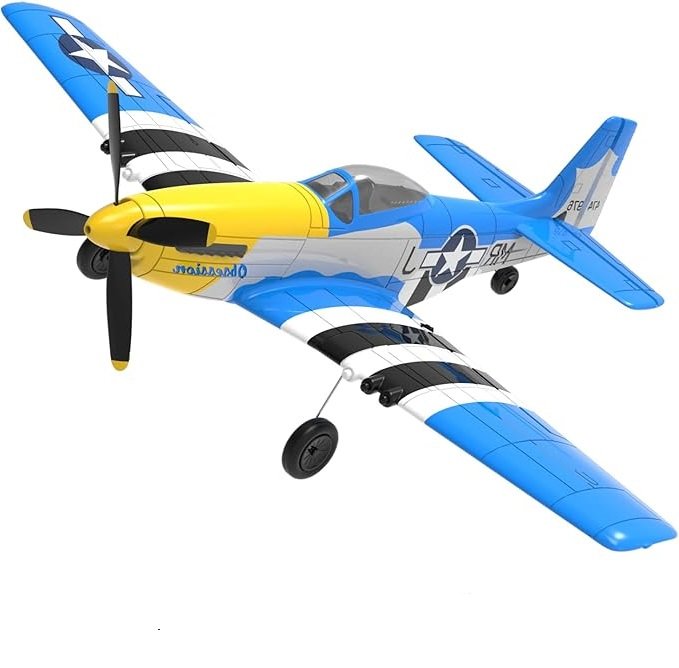
Jets
RC Jets are designed to look and fly like real jet planes, making them one of the most exciting categories of RC planes. These planes are typically powered by electric or gas turbines and are capable of reaching high speeds, making them a favorite among thrill-seekers and experienced pilots.
The E-flite RC Airplane Habu SS is a popular jet plane among RC plane enthusiasts. With a wingspan of 35 inches, this plane is highly maneuverable and features a high-performance Electric Ducted Fan (EDF) jet motor for a stunning performance. The Habu also features retractable landing gear and led lights, which add to its realistic appearance, as well as SAFE stabilization technology making for an easy flying experience whatever your expertise.
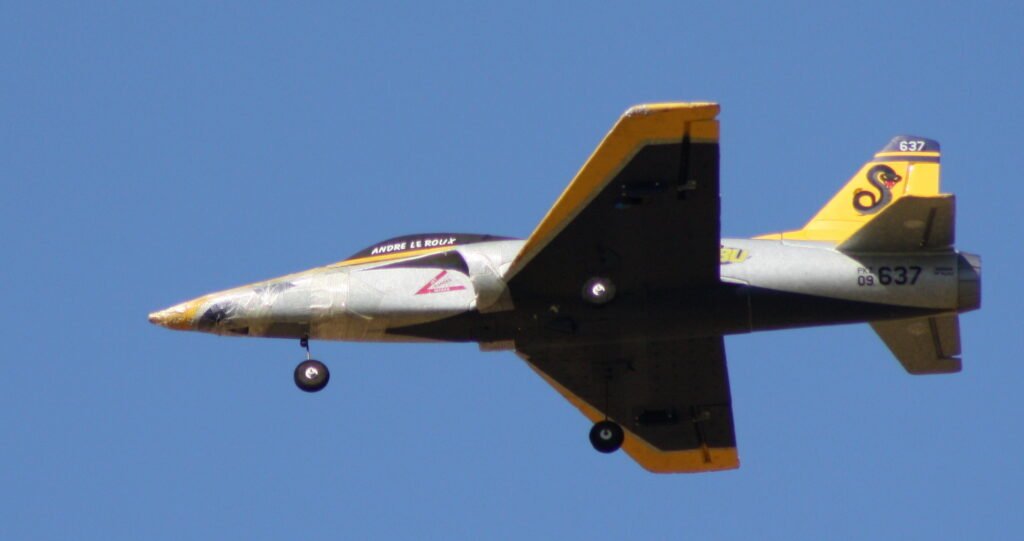
For more information about RC jets, check out our article RC Jets For Beginners – The Most Important Buying Tips.
Float Planes
Float planes are a unique and fascinating class of aircraft that have consistently captivated RC plane hobbyists for many years. Rather than taking off and landing on wheels, a floatplane uses floats or pontoons that rest on the water.
A great RC floatplane for those dipping their toe into the water is the E-flite Turbo Timber Evolution, an RC plane with a wingspan of 42 inches. It’s equipped with Spektrum™ AS3X® and optional-use SAFE® Select technologies for easier flying.
Final Thoughts
There’s a type of RC plane for every pilot, skill level, and interest. Each category of RC plane has its own unique characteristics and capabilities, from stability and
ease of control to speed and maneuverability. Whether you’re a beginner or an experienced pilot, there’s always a new type of RC plane to discover and enjoy. So grab your transmitter and get ready to soar through the skies!
You can read more of Mike’s articles over at thetoyz.com
